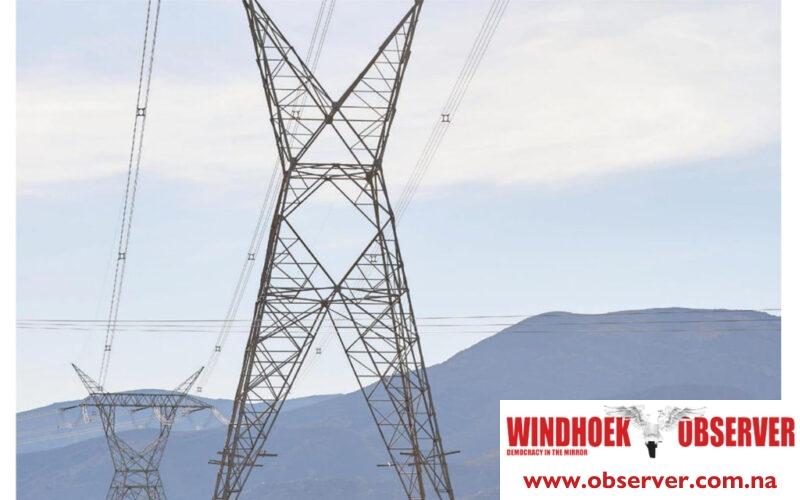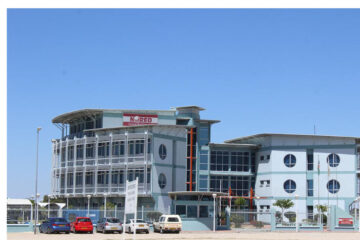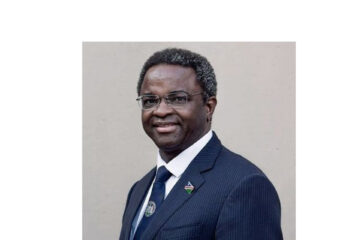Martin Endjala
NamPower received N$2.6 billion in World Bank funding to expand its transmission network which would enable it to integrate renewable energy into the national grid.
This is the first-ever World Bank-financed energy project for Namibia and was approved on 6 May.
The Transmission Expansion and Energy Storage (TEES) Project aims to improve the reliability of the country’s transmission network and enable increased integration of renewable energy into the country’s electricity system.
NamPower’s managing director, Kahenge Haulofu, announced this on Monday in Windhoek.
He said he welcomes the project’s approval as a significant milestone in developing the approximately 465-kilometre line, which will run from the Auas transmission station outside Windhoek until the Kokerboom transmission station near Keetmanshoop.
“The project is structured around three components: the development of the second Auas-Kokerboom transmission line, the development of a utility-scale Battery Energy Storage System facility, and the technical assistance activities to support NamPower’s development of bankable renewable energy projects and enhancement of their socio-economic benefits,” he said.
According to Haulofu, this is one of the major strategic and crucial investments in the Namibian electricity transmission network.
He explained that once completed, it will allow NamPower to maintain pace with the country’s evolving and increasing electricity needs.
This transmission line, he said, will be key to unlocking increased access to variable renewable energy within Namibia, as well as facilitating regional electricity trading.
In addition, NamPower plans to develop and integrate its second utility-scale battery energy storage system into its transmission network to facilitate the development and adoption of renewable energy plants.
According to Haulofu, the Lithops Substation in the Erongo region will connect to the Battery Energy Storage System, which is a component of the TEES project.
The BESS is expected to be between 45 and 90 MW in size.
Haulofu said the expansion of the electricity network is necessary to provide for the current and future national load requirements.
He added that this would include not only an increase in capacity but also redundant capacity within the transmission system to ensure supply security due to unforeseen circumstances.
The World Bank country director, Satu Kahkonen, said Namibia is a uniquely positioned regional leader in the transition towards a greener and more sustainable future.
He said the World Bank is delighted to support Namibia’s commitment to expand domestic energy generation with renewable solutions, consistent with the country’s Second Harambee Prosperity Plan.
“This project will support NamPower in developing future renewable energy projects. Namibia’s National Energy Policy and the Renewable Energy Policy aim to achieve 85% self-sufficiency and aim to source 70% of its energy needs from renewable energy sources in the future,” said Kahkonen.




